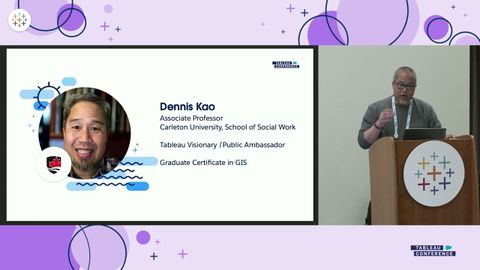Tableauでマップをレベルアップする (Level Up Your Maps in Tableau)
riri が 2024 年 10 月 16 日 に投稿  この条件に一致する単語はありません
この条件に一致する単語はありませんUS /spɪˈsɪfɪk/
・
UK /spəˈsɪfɪk/
- v.t./i.突き刺す : 刺し込む;貼る : くっつける;とどまる;突き出す;我慢する
- n. (c.)棒
- n. (c./u.)集まり;仲間
- v.t.まとまる
- v.t./i.束ねられる
US /ɪˈnɔrməs/
・
UK /iˈnɔ:məs/
エネルギーを使用
すべての単語を解除
発音・解説・フィルター機能を解除
